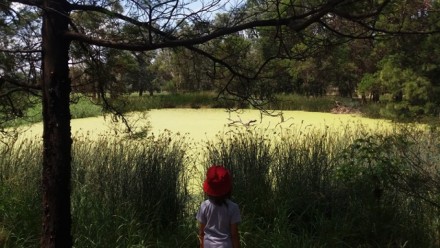Investigating a COVID-19 cluster: my field experience at a public health unit
Share
Second-year Master of Philosophy in Applied Epidemiology Scholar Ashish Shrestha embarked on a field epidemiology training placement in Queensland. Below is a glimpse into his journey, as reported by Ashish Shrestha.
My field epidemiology training placement is at the Communicable Diseases Branch, Queensland Health.
As a part of my training, I have had an opportunity to investigate COVID-19 cases infected with a variant of the Omicron strain in Queensland.
These cases were identified after weekly monitoring of the genetic code of the virus that causes COVID-19 using a technique called whole genome sequencing. A majority of them were hospitalised patients.
To undertake this work, I was based at the Metro South Public Health Unit, Queensland Health, for four weeks from late April to mid-May this year.
As part of my MAE training, I was actively involved in leading this investigation, from developing a questionnaire and interviewing cases to identifying sources of infection. It was a great opportunity to understand the application of whole genome sequencing in epidemiology and to apply my skills to collate and analyse evidence collected through various sources.
I learned to overcome challenges in communicating with cases and their family members. Lessons learned were the importance of clear communication, using lay terms in describing the situation to the cases, communicating with empathy—and doing all of these things whilst obtaining information in a short time period.
My study determined that with this cluster, ongoing transmission of SARS-CoV-2 in the community was also matched with increased risk of transmission in high-risk settings, such as hospitals. This highlighted that community cases may be a marker of transmission in other settings and of the importance of infection and prevention control measures to minimise transmission to vulnerable patients.
Following up on this cluster was a great opportunity to understand the public health system in Queensland beyond my field placement.
An interesting learning experience at the public health unit was to observe the coordination and teamwork between the communicable diseases and environmental health teams. I learned about risk assessment and risk communication, foodborne and cancer cluster investigations, environmental health compliance, and mosquito surveillance.
As the public health unit was co-located with the public health laboratory, I had an opportunity to better understand whole genome sequencing results for my investigation from the team there.
I also had the chance to present one of my earlier projects on a foodborne illness to the public health professionals at the public health unit.
The four weeks I spent at the unit have provided me with a variety of experiences to explore and understand the wider context of the face-to-face public health system in Queensland.











